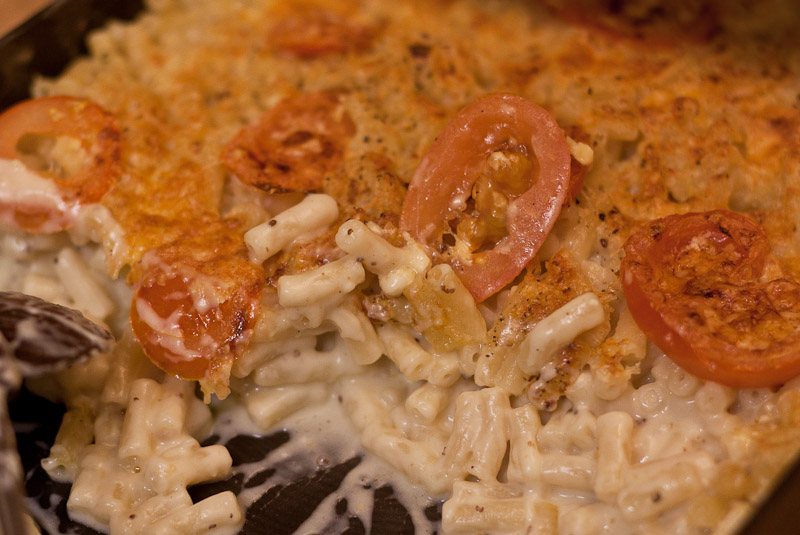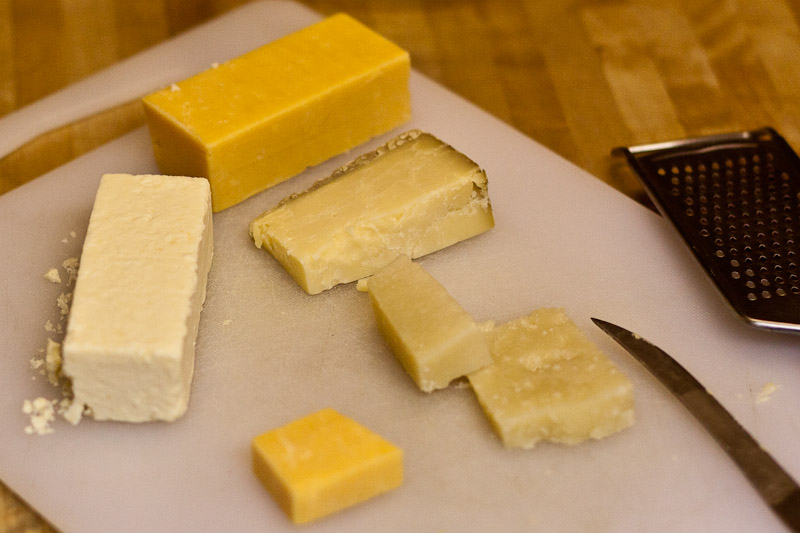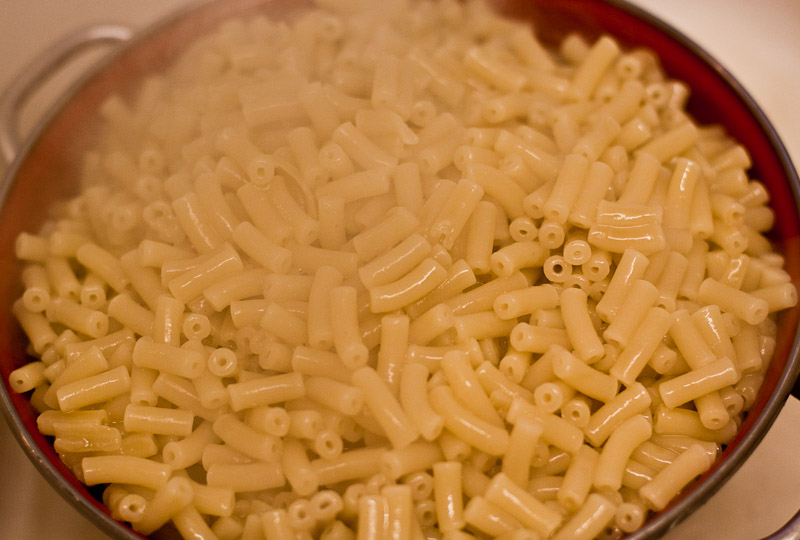Cho Cho and Asparagus Spring Salad
While this week might have felt like high summer, it is still only spring. But before you feel too downcast, that means it is asparagus season and although you probably don’t need any excuse to indulge in those gorgeous green spears, this lovely spring salad might introduce you to some vegetables you don’t know just as well.
When I first moved to Brixton, I kept seeing strange kermit-green items that looked like a pear crossed with a sock puppet’s mouth on the stalls in market and was unsure if they were to be eaten as a sweet thing like a fruit or more like a vegetable. In fact I wasn’t even sure what they were called until I was flicking through a Caribbean cookbook and spied a photo of them and discovered the Trinidadians call it christophene and other Caribbean cultures call it a cho cho. (Actually it’s the most named fruit I’ve ever seen…)
Usually served as a side dish, cho chos are unbelievably succulent yet firm fleshed, a little bit like a super-charged courgette. I served them blanched then fried off with a bit of chilli and garlic all last summer, which was delicious, but I made a mental note to branch out a bit this year. I thought their fresh feel would be perfect in a salad and here I’ve combined them with thinly sliced fennel, chargrilled asparagus and green beans all topped off with a parsley and caper salsa verde style dressing which served with some steamed new potatoes and some halloumi made a lovely vegetarian dinner dish, but it would also be perfect alongside some grilled fish.
Cho Cho and Asparagus Spring Salad
- 1 Cho cho (peeled, cored and quartered)
- 1 bunch asparagus
- 1/2 bulb fennel
- about the same amount of green beans as asparagus
- 1 bunch parsley
- zest of one lemon
- juice of two lemons
- 2 teaspoons drained capers
- small glug of olive oil
- splash of vinegar (anything except malt will do)
- mustard to combine
- salt and pepper
Don’t panic about the relaxed amounts above. This is a simple salad but it’s to your tastes so there’s no need to be precise to the gram or ounce.
Peel, core and quarter your cho cho and then boil for about 6 minutes or until it still has some give when poked with a knife. Add the green beans in about 4 minutes from the end and cook til still slightly squeaky and al dente. Drain both. Set the cho cho aside and put the green beans in cold water to keep them from cooking further.
Heat a griddle pan until smoking (or if you happen to have the barbecue going…) and then cook the cho cho until properly seared on each side, adding the asparagus when you turn the cho cho the first time. While that’s cooking away adding tonnes of flavour, slice the fennel as thin as possible with a knife or mandolin.
Then put everything for the dressing in a hand blender except the mustard and blitz until the parsley is finely shredded. See how liquid it is (this will vary with the size of the lemons) and then add as much mustard as you think will combine it into a fairly thick dressing. You could also add anchovies to the dressing if you like their saltiness or leave the capers out and put some mint and garlic in instead.
Once the cho cho is well grilled and the asparagus is smokily charred, add to the drained beans and sliced fennel and drizzle everything with as much dressing as you desire and serve for the freshest dish of the weekend. The cho cho is extremely refreshing and the dressing just explodes with flavour and everything is very healthy but without any sense of denying yourself. All the ingredients are easily available in Brixton market (you might struggle to get cho chos in Tesco) and this whole dish should take no more than 15 minutes to assemble leaving you plenty of time to get outside and enjoy the weather!
*This post was orginally featured on Brixton Blog, but it’s too perfect for this weather not to share it with you!













